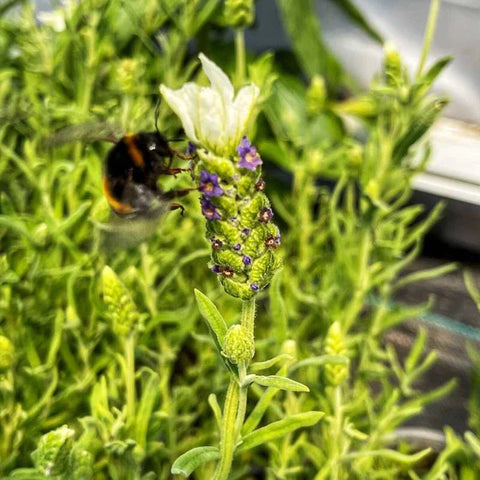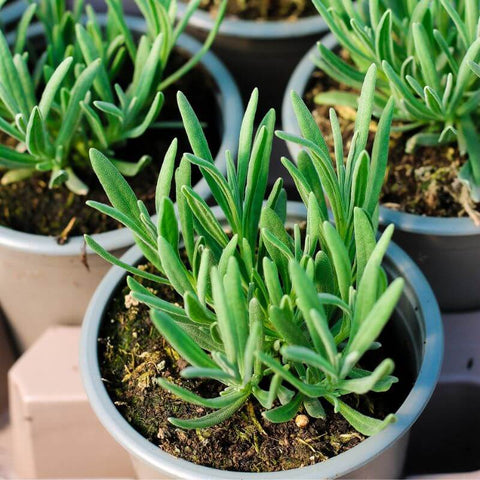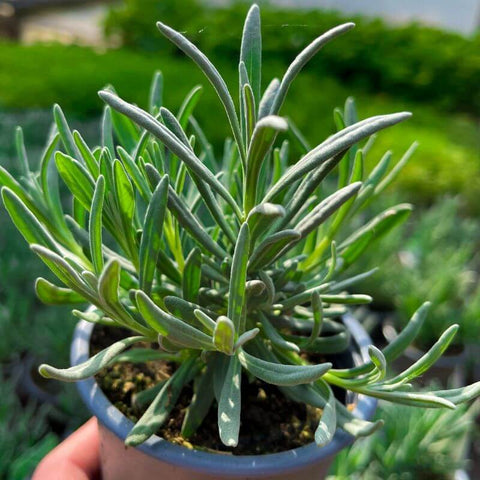How to grow Lavender
If you've not got Lavender plants in your garden then you're really missing out. These are fantastically versatile herbs which add colour, fragrance, structure and flavour to any space. Throughout the year you can really get creative with your harvests from using them fresh in baking, drying them for gifts or extracting their powerful scent to be used at home. What's more, bees absolutely LOVE these highly scented blooms so planting them in your garden will provide an absolute feast for our little flying friends.

Where is best to plant lavender in the garden
Offering a wonderful choice as a border that's not only beautiful but loved by the bees and butterflies too, and being versatile enough to be grown in pots of vegetable beds, you really can't go wrong. Preferring Mediterranean climates, you'll want to choose a spot that mimics the conditions as closely as possible. Avoid areas which are in full shade, boggy or particularly exposed to cold snaps and opt instead for drier soils with good drainage. Overall, lavender plants tend to thrive in the UK with only a little TLC needed throughout the year.
How to grow lavender
Lavender can be grown from seed, typically germinating in 2-3 weeks, but they can be time-consuming to grow on to the size you're looking for. Certainly, the easiest way to grow this herb is by selecting a pot-grown plant from a reputable supplier such as ourselves, and planting it out into your garden. Then, in the summer months, you can select the non-flowering stems from the plant to propagate if you wish to increase the number of plants you have, or grow them on to share as a gift to friends and family.
How to prune your lavender plants
It is of the utmost importance that you prune your lavender plants to keep them compact and looking fresh. Deadhead tender lavenders throughout the summer to stop them from using all of their energy to produce new seed. Then, in late summer to early autumn, cut them back by around a third to prevent them from becoming woody at their centres. Be sure not to cut down into woody areas whilst pruning leaving plenty of green on the stems, especially when the plants are young. Don't forget, you should always harvest and prune with clean, sharp secateurs.
How to care for lavender plants in the winter
Once you've pruned your plants in the summer or autumn seasons, there's not much you'll need to do to care for them over the winter. Just remember that they really don't like being sat in cold, wet conditions, which is why lavender grows so well in pots in particularly dry areas.
Which varieties of lavender should I add to my garden?
Can we say all of them? Once you discover the joy of lavender you'll soon want to collect them all, but here are a few of our personal favourites to get you started:
If you love geeking out on herbs, why not join us in the Herb Club where you'll get great perks such as exclusive discounts, expert masterclasses and more?







